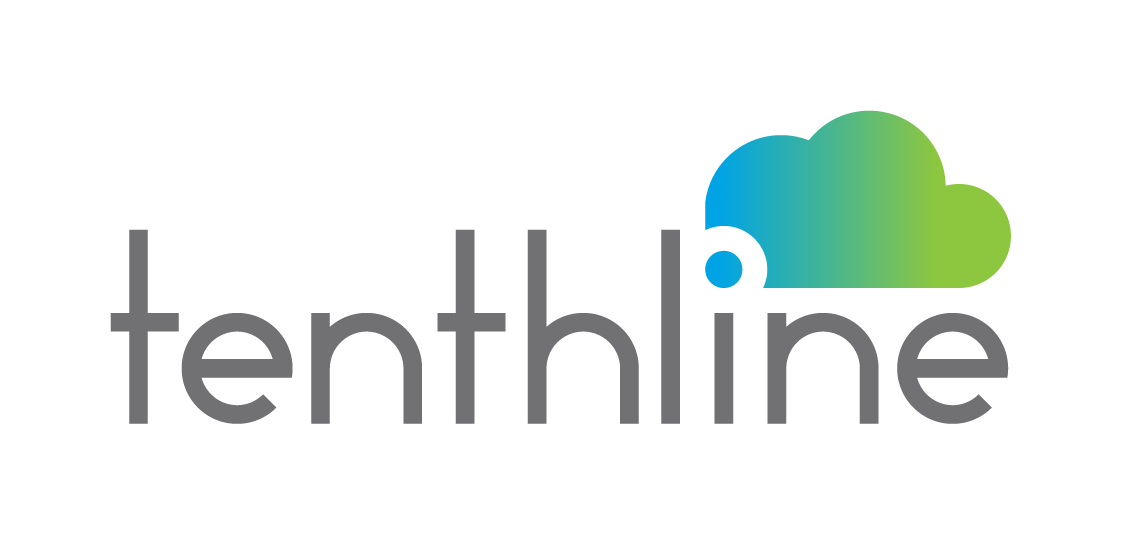Identity and Access Management in AWS: Controlling User Permissions and Privileges
Identity and Access Management (IAM) is a cornerstone of cloud security, and AWS offers a robust IAM service to manage access to AWS resources securely. This blog post explores how you can control user permissions and privileges using AWS IAM, thus ensuring data integrity in the cloud.
1. An Overview of AWS IAM
AWS IAM is a feature of your AWS account offered at no additional charge. It allows you to manage access to AWS services and resources securely. With IAM, you can create and manage AWS users and groups and use permissions to allow or deny their access to AWS resources.
Understanding AWS IAM is crucial to maintain security and manage user permissions in the cloud.
2. Best Practices for AWS IAM
Following best practices for AWS IAM is essential for the security and management of your AWS resources. Here are some key strategies:
2.1 Grant Least Privilege
The principle of least privilege (PoLP) advises that you should only grant the permissions necessary to perform a task. Start with a minimum set of permissions and grant additional permissions as necessary.
2.2 Regularly Rotate Security Credentials
Change your IAM users’ security credentials (or your own) on a regular basis. Implementing an automatic password rotation policy for IAM users can help manage this.
2.3 Use Groups to Assign Permissions
Instead of assigning permissions to individual users, create groups that represent job functions (roles), define the relevant permissions for each group, and then assign IAM users to those groups.
3. Implementing Multi-Factor Authentication (MFA)
In AWS IAM, MFA adds an extra layer of protection on top of your username and password. With MFA, users have a device that generates a unique authentication code, or they use a virtual MFA application. Users must provide their unique authentication code in addition to their regular sign-in credentials to access AWS resources.
Implementing MFA is a recommended best practice to strengthen the security of your AWS resources.
4. Monitoring Activity Within Your AWS Account
Tracking and auditing changes to your AWS resources can help you maintain a secure and efficient environment. AWS offers tools to monitor activity within your AWS account:
4.1 AWS CloudTrail
AWS CloudTrail is a service that logs all actions taken in your AWS account. It records the identity of the API caller, the time of the API call, the source IP address of the API caller, and more.
4.2 AWS Config
AWS Config provides a detailed inventory of your AWS resources and their current configuration, while continuously recording changes. This helps you assess how a resource was configured and enables you to audit changes to security controls.
Effective management of user permissions and privileges in AWS using IAM is key to maintaining data integrity in the cloud. However, implementing IAM best practices and monitoring activity within your AWS account can be complex and time-consuming.
That’s where Tenthline Inc. comes in. We offer expert services to help secure your cloud environment, ensure data integrity, and assist you in complying with regulations. Our team can help you leverage AWS’s IAM features to manage user permissions effectively and maintain the security of your AWS resources. Contact us today to learn more about how we can assist with your IAM needs in AWS.


Leave A Comment